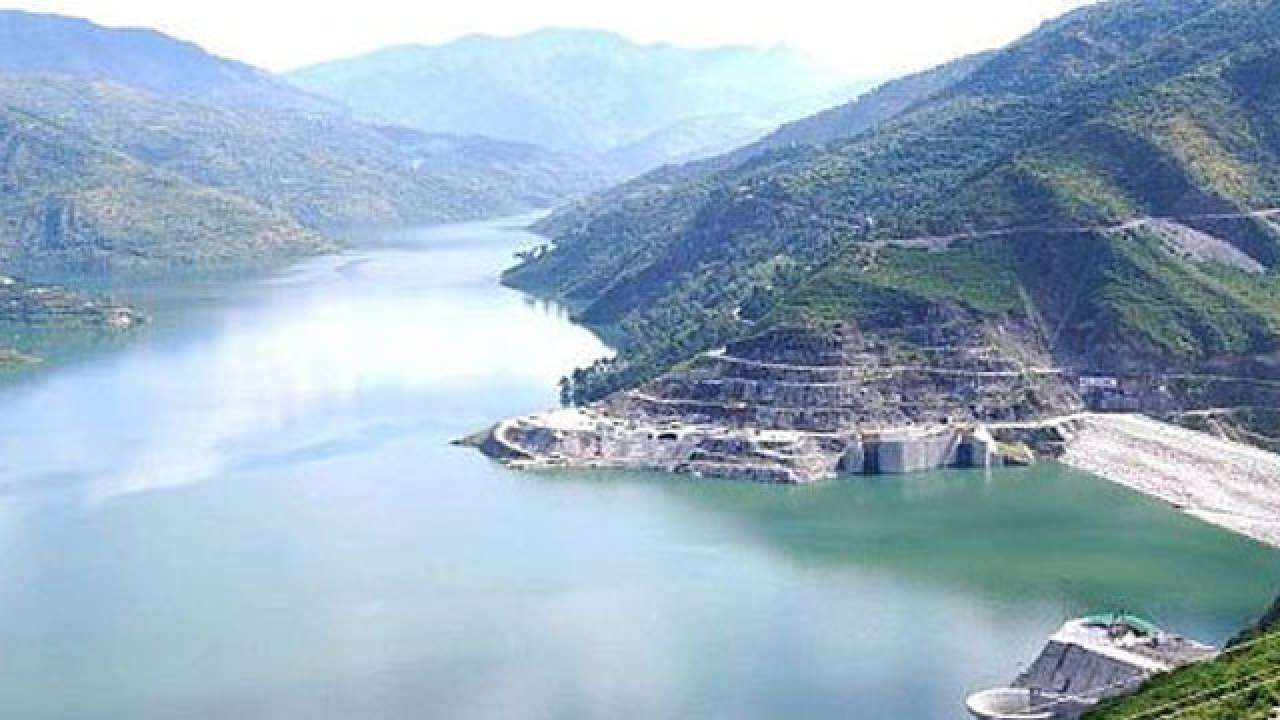
All rivers in India sustain a primary segment of landmass and support a huge population of human beings and animals. Rivers cater to our quintessential needs. Unfortunately, a substantial amount of fresh water from these rivers has been continuously being drained into seas, while several people in many parts of this country are still await water to quench their thirst. With the construction of Tehri Dam, availability of water has increased substantially in the river course especially during the lean period i.e. during November to June. In the case of Tehri, average water flow of 100 cumecs in the river course before impoundment of its reservoir which has now increased to an average of 200 cumecs after impoundment of Tehri reservoir.
The positive impact that reservoirs have on vegetation, has been studied by the Department of Earth Sciences, University of Roorkee. In the research paper published in International Journal, it mentions that reservoirs created due to construction of dams induces groundwater recharge and hence, is better for the supply of water for irrigation, which directly enhances the growth of overall vegetation in the downstream areas. The construction of the irrigation canals, along with the construction of reservoirs, also directly provides a better water supply for agricultural purposes and indirectly also recharges groundwater regime.
Further, a study by World Wide Fund (WWF) titled “World’s Top 10 Rivers at Risk” done in March 2007 has focused on the poor state of the rivers in India. The study has rated river Ganga as one of the most polluted river not because of the construction of ‘Big Dams’ but because of the over-extraction of water in its plains for fulfilling their basic needs. This study also highlights the importance of ‘Big Dams’ by indicating that the over-extraction of water for drinking water and agriculture in river Ganges has caused the reduction in surface water resources. This has increased dependence on ground water, the loss of water-based livelihoods and the destruction of habitat and other aquatic and amphibian fauna.
Lowered water level shave indirectly caused deficiencies in the soil’s organic content, and reduced agricultural productivity. The study also suggests that over-extraction of ground water has seriously affected water quality. The same study in fact, has mentioned very positively about the contribution of a Big Dam in Tehri on river Ganga and mentioning that this Tehri Dam, which became operational in 2005 and is the 5th largest dam in the world. Tehri Dam provides 270 million gallons of drinking water per day, irrigates thousands of acres of farmland and is set to generate 2,400 megawatts of electricity to Uttar Pradesh and Delhi.
Today, there are several options for generating electricity but there are limited options to generate water as a resource. This is evident from the precarious situation in the flood plains of the rivers where there is intense competition to use the natural resources due to high population density and low corresponding availability of resources.
Further, it is also a well-established fact, that over the years glaciers which are the origin of rivers, are shrinking due to climate change and considering this aspect, it has become all the more important to have ‘Big Dams’ on all major rivers. These will store the portable water of glacier melting and monsoon runoff and thus, increase water availability in the rivers during lean periods of flow.
The benefits of ‘Big Dams’ are enormous and cannot be limited only to electricity benefits. ‘Big Dams’ also help in preventing huge irrecoverable losses due to flood by storing excess water during monsoon and releasing the same during lean season. Floods can have severe consequences for the people they affect and often these lead to serious economic aftermath. Dams have been their saviours by storing water in times of surplus, thus also preventing or mitigating floods. The recent example is of Tehri Dam which played a vital role in reducing the extent of damages due to the flash floods of June’2013. It is on record that the Tehri dam absorbed huge amount of flood waters i.e. around 7000 cumecs of Bhagirathi river,thus saving downstream towns Rishikesh and Haridwar from getting submerged. This fact has been recognized and made official by Forty-Third Report Standing Committee on Energy - (2013-2014) in Fifteenth Lok Sabha.
India, has 16% of the world’s population and 15% of livestock, but has roughly 4% of world’s water resources and 2.45% of world’s land area. As the distribution of water resources in the country is highly uneven over space and time, over 80-90% of the runoff in Indian rivers occurs in four months of the year i.e. June, July, August and September. In India, around 68% of the country is prone to drought in varying degrees. The 35% part of the country which receives rainfall between 750mm and 1125mm which is considered drought prone while 33%receiving less than 750mm is chronically drought prone. Finally, it is to state that with large quantities of freshwater are still flowing to seas through rivers. Thus, scarcity of life sustaining water is engulfing India. ‘Big Dams’ need to be necessarily built in order to satiate the daily and essential needs of the huge population of India. There is no alternative to this and any delays in commissioning of them would cost us heavily in the future.
(This is a guest article and the opinions expressed are those of the author.)